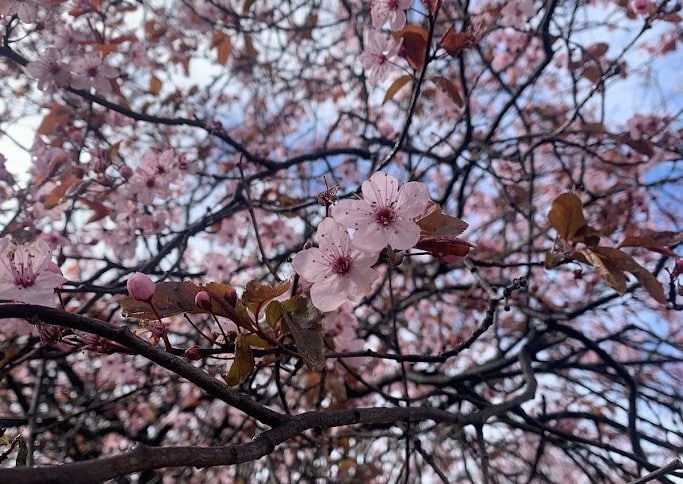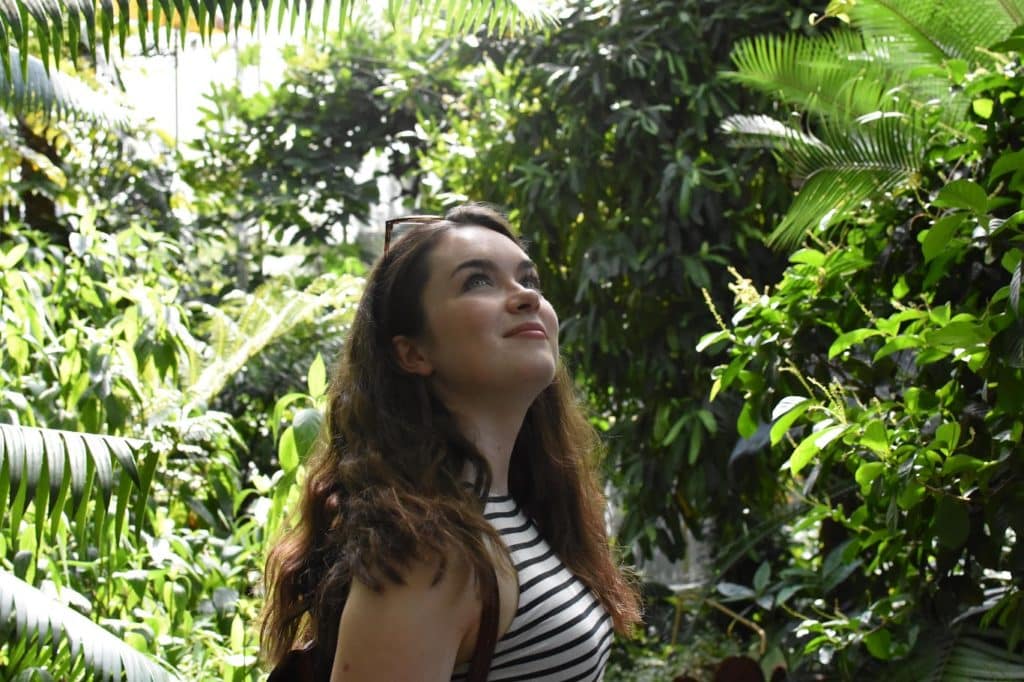
- Town or countryside?
Town (as long as it’s by the coast).
- Summer or winter?
Summer: I’m a beach lover and not much makes me happier than being able to go for an open water swim. But I’m not that brave and do need the sun to warm me up afterwards, so I am yet to brave a post-September dip.
- Early bird or night owl?
Firmly uncommitted to both.
- Outdoor or indoors?
Outdoors.
- Plants or animals?
Plants: they’re much easier to take good photographs of than animals and I am determined to get better at identifying them. As much as I wish it wasn’t the case, there are too many animals (mainly of the insect variety) that I am irrationally scared of. Although I am about to contradict this answer with my favourite species…
- What species is closest to your heart and why?
My first answer may seem a bit unusual, but I’ve always been fascinated with bats. Between their nocturnal habits and their use of echolocation, I think they are super interesting little creatures. I’ve had the chance to use a bat detector to record and identify different calls in the past and would love to take a more in-depth training course at some point.
I also have to give a nod to the humble sheep. Far easier to catch sight of than bats, a symbol of the British countryside and of course, with springtime comes lambs. A recent Easter trip to Wales, where I delighted in seeing flocks of little lambs everywhere, has firmly cemented these as another personal favourite.
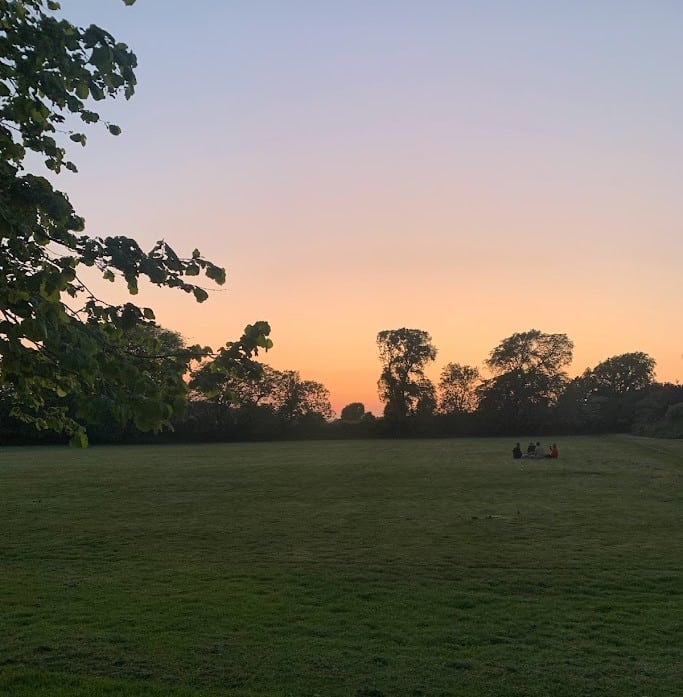
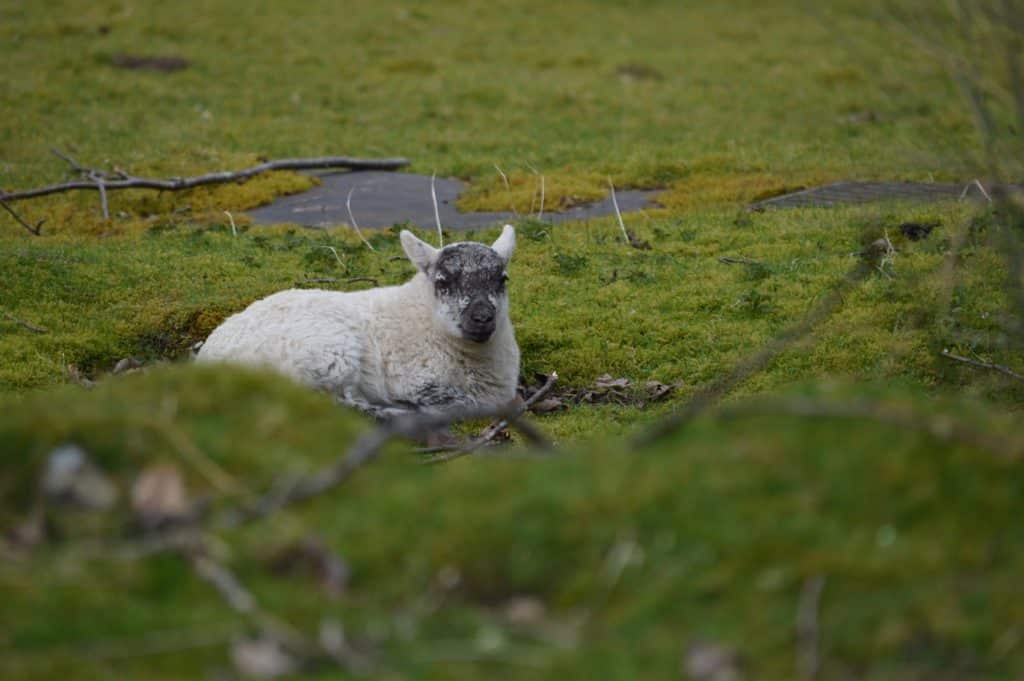
Dyke Road Park in Brighton at sunset, which I can confirm is a great place to spot some bats, and a rather content-looking sheep captured near the Caban Coch Dam in the Elan Valley, Wales © Louisa Bizzarri.
- What is your favourite Greater London open space and why?
The spot that has held some special memories for me recently is the hidden gem of St Dunstan in the East Church Garden, in the City of London. It’s a well-maintained garden that’s growing around the remains of a Grade I listed church, nestled within the high rises of the business district. Whilst it in no way rivals some of London’s sprawling greenspaces, I have previously found it the perfect place to escape to on lunch breaks to take in some greenery, no matter the season. The remaining north and south church walls are covered in beautiful creeping vines and there’s always a lovely selection of blooms to enjoy.
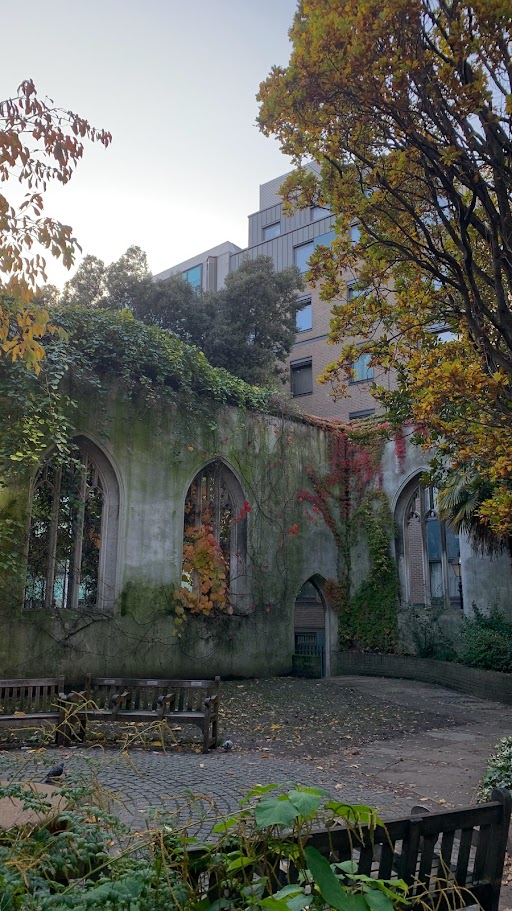
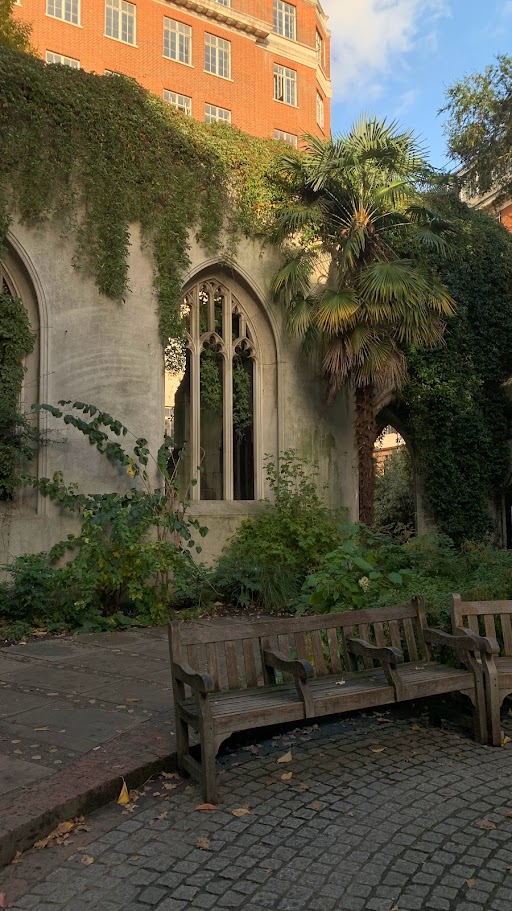
Some rather autumnal scenes from last November at St Dunstan’s.
- What has been your most formative experience working with the natural environment? And what did you learn then that you keep with you today?
In 2021, I completed a seven-week summer internship at Wadhurst Park in East Sussex – a private estate where lots of incredible conservation work takes place year-round. As well as completing independent field work to create a soil health monitoring scheme for the park, I carried out GIS and data analysis work with data on soil conditions across the park. I also received valuable training in data visualisation from the park’s CEO, which sparked a continued interest in this topic for me. The experience was a great chance to consolidate the data analysis skills learned during my degrees, all in a truly beautiful part of the country. Every staff member was so enthusiastic about their work, taking time out of their day to teach me ad hoc skills from plant identification to seed sowing, and I could clearly see how every individual played a role in managing the land with nature as the priority. It was also during this period that I first learned of GiGL and their work in London, so it feels very full circle to be working with the team now.
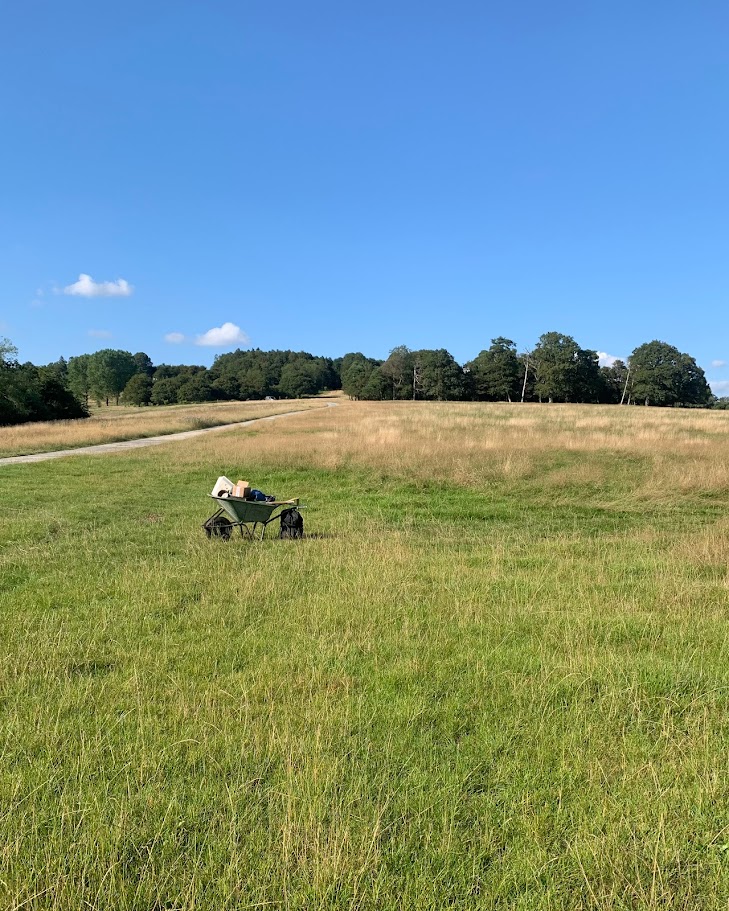
- What is your role at GiGL?
I am GiGL’s Delivery Officer, working across our community and partnership teams to deliver outputs to all our clients. This includes producing data search reports, mainly for contractors of our Service Level Agreement Partners (SLA) and extracting and manipulating data into a range of formats to fulfil student and community group requests. I also help to run GiGL’s social channels alongside our Partnership Officer, Becky. It is great to be in such a varied role – I feel like it has helped me massively getting to grips with all the different projects happening at GiGL. My job is very data-focused overall, allowing me to utilise the technical skills I learned at university and put my Geography degree to good use – shocking, I know!
- What is your most enjoyable GiGL task so far?
I am a naturally sociable creature and enjoy opportunities to connect with other environmentally minded people, and to give my networking skills a bit of practice. So, I really enjoyed having the chance represent GiGL at the London Borough of Southwark’s Biodiversity Partnership meeting back in February. There is still some work to be done to make other organisations aware of the range of services GiGL offers as a Local Environmental Records Centre, so it was great have the chance to update the other attending organisations on our main projects. This was followed by some unstructured conversations with other attendees, and it was great to understand where their work fits into Southwark’s overall plans to support ecological regeneration within the borough. Looking ahead, I’m excited to help plan and carry out our London Day of Nature event in October for more opportunities to be a social GiGLer.
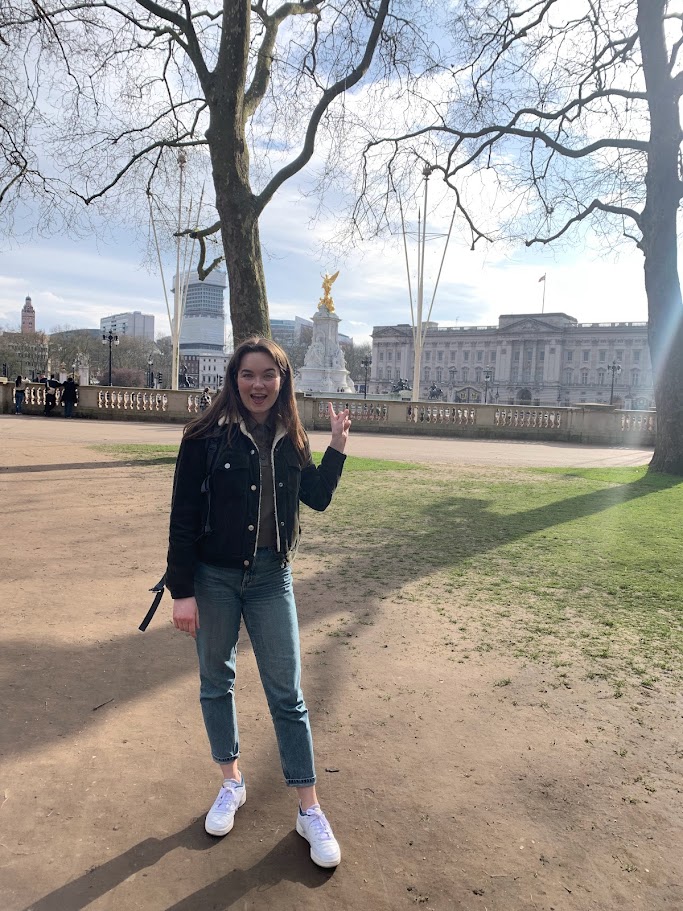
- What made you want to work for a Local Environmental Records Centre?
The unexpected outcome of my internship at Wadhurst Park was realising that I enjoyed working with data and utilising GIS programmes more than the fieldwork I was primarily there to carry out! Whilst I didn’t know much about LERCs before starting at GiGL, I now see that they are the perfect place to be in a data-driven role, whilst fulfilling a long-term goal of working in the environmental sector. There is also a large emphasis on attention to detail, which I personally appreciate and aim to embody.
- London has a lot to offer someone looking to learn more about wildlife and open spaces. What one thing would you advise people to explore?
If you aren’t in the habit of seeking out and exploring London’s greenspaces past the larger, more central spaces (Hyde Park, anyone?), it can be surprising how many pockets of wildlife are hidden amongst the more built-up residential areas. My usual technique is to pull out Google Maps (or better yet, GiGL’s Spaces to Visit map), mark out a greenspace or two within walking distance and set out on my way. If you are feeling extra adventurous and would like to exercise your sense of direction, you can try leaving your phone behind to see how this alters your experience of your chosen destination. Happy exploring!
